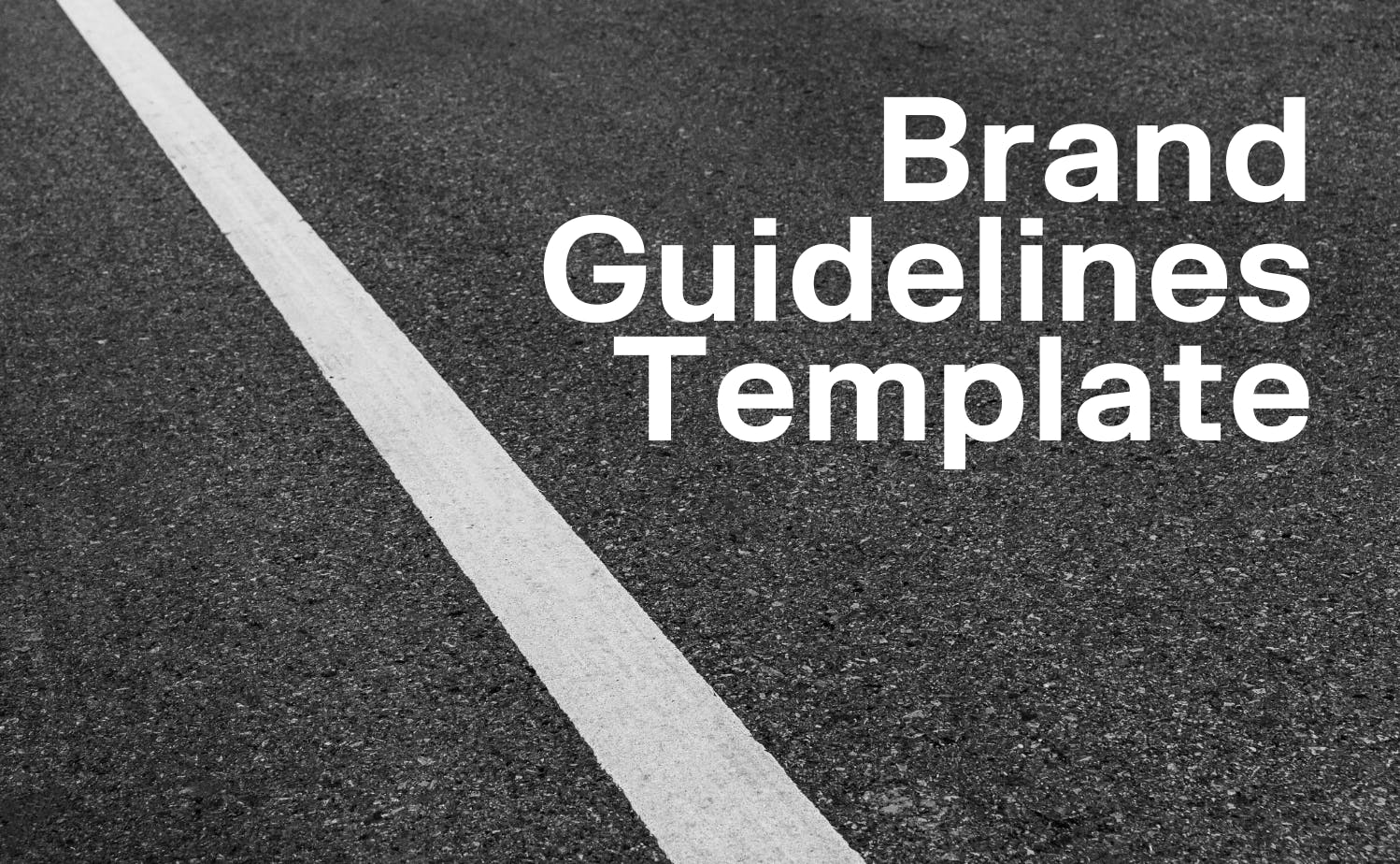
Brand Guidelines Template: Unlock A Powerful Brand Identity

Your brand is more than just a logo—it’s the entire experience you create for your audience. Consistency in your brand’s visual identity, messaging, and tone is essential to building recognition and trust. The template below will help you establish clear brand guidelines, ensuring that your brand remains strong and cohesive across all platforms.
Your brand is more than just a logo—it’s the entire experience you create for your audience. Consistency in your brand’s visual identity, messaging, and tone is essential to building recognition and trust. The template below will help you establish clear brand guidelines, ensuring that your brand remains strong and cohesive across all platforms.
What are Brand Guidelines?
Brand guidelines are a set of rules and standards that define how your brand should be represented across different mediums. They provide a framework for using logos, colors, typography, imagery, and tone of voice consistently. These guidelines help ensure that your brand is easily recognizable and conveys the right message to your audience.
Why are Brand Guidelines important?
A strong brand identity is built on consistency. When your brand appears uniform across all touchpoints—whether it's on your website, social media, or printed materials—it fosters trust and credibility. Brand guidelines prevent misrepresentation, maintain a professional image, and ensure that everyone from designers to marketers stays aligned with your brand’s identity.
Who should have access to your Brand Guidelines?
Anyone involved in creating content or marketing materials for your company should have access to your brand guidelines. This includes:
- Internal Teams: Marketing, design, sales, and customer service teams who communicate on behalf of your brand.
- External Partners: Freelancers, agencies, or vendors who produce branded materials.
- Press & Media: Journalists or influencers who need to use your logo or assets in publications.
By making your brand guidelines accessible, you ensure that your brand is consistently represented across all platforms.
Brand Guidelines Template
Below is a list of items you should include in your brand guidelines to maintain a consistent identity:
1. Brand Overview
Mission Statement: [Your company's mission statement here. 7-25 words]
Vision Statement: [Your company's vision statement here. Under 25 words]
Core Values: [List 3-5 of your core values]
2. Logo Usage
Primary Logo: [Insert primary logo image]
Alternative Logos: [Insert alternative logo variations]
Clear Space & Minimum Size:
- Maintain a clear space around the logo equivalent to [X] times the logo height.
- Minimum size for digital use: [X] px
- Minimum size for print use: [X] inches
Logo Misuse:
- Do not stretch or distort the logo.
- Do not change the colors of the logo.
- Do not use low-resolution versions.
- Do not place the logo on busy backgrounds.
3. Color Palette
Primary Colors:
[Color Name] - HEX: #XXXXXX, RGB: (XXX, XXX, XXX), CMYK: (XX%, XX%, XX%, XX%)
Secondary Colors:
[Color Name] - HEX: #XXXXXX, RGB: (XXX, XXX, XXX), CMYK: (XX%, XX%, XX%, XX%)
4. Typography
Primary Font: [Font Name]
Usage: [e.g., Headlines, Body Text, etc.]
Secondary Font: [Font Name]
Usage: [e.g., Subheadings, Captions, etc.]
Typography Rules:
- Headings should always be in [Bold/Regular].
- Body text should be no smaller than [X] pt.
5. Imagery & Photography
- high-quality, professional images.
- Ensure images align with brand tone across all channels using an AI tool
- Avoid using generic stock photos.
- Preferred image styles: [e.g., Bright, Minimalistic, Warm Tones, etc.]
- Ensure all images are edited and enhanced
- Specify brand colors to include
6. Brand Voice & Tone
Brand Voice:
[e.g., Friendly, Professional, Authoritative, Playful]
Brand Tone:
Formal vs. Informal: [Define your preference]
Emotion-Driven vs. Fact-Based: [Define your preference]
7. Iconography & Graphics
Preferred icon style: [e.g., Flat, Line Art, Detailed, etc.]
Icon color usage: [Follow primary/secondary brand colors]
8. Social Media Guidelines
Profile Picture: Use primary logo on a neutral background.
Cover Photos: Use [Brand Colors, Key Messaging, etc.]
Post Formatting: [e.g., Font use, color overlays, hashtag strategy]
9. Applications
Business Cards: [Specify design guidelines]
Letterheads: [Specify margins, logo placement, etc.]
Email Signatures: [Format and required elements]
10. Contact Information
For further brand inquiries, contact: [Your Company Name] [Email Address] [Phone Number] [Website URL]
Final Thoughts
Your brand is one of your company’s most valuable assets. By implementing clear brand guidelines, you ensure consistency, professionalism, and a strong brand identity across all platforms. Having all players involved stay in line with Brand Guidelines, especially when there are updates, is not always easy.
This is where AI can step into help. Instead of manually checking your images across all your channels, OCUS automatically scans all your visuals to make sure they are high quality and brand aligned. OCUS makes sure your images match brand guidelines down to the detail.
Ready to enhance your brand image in a few clicks?